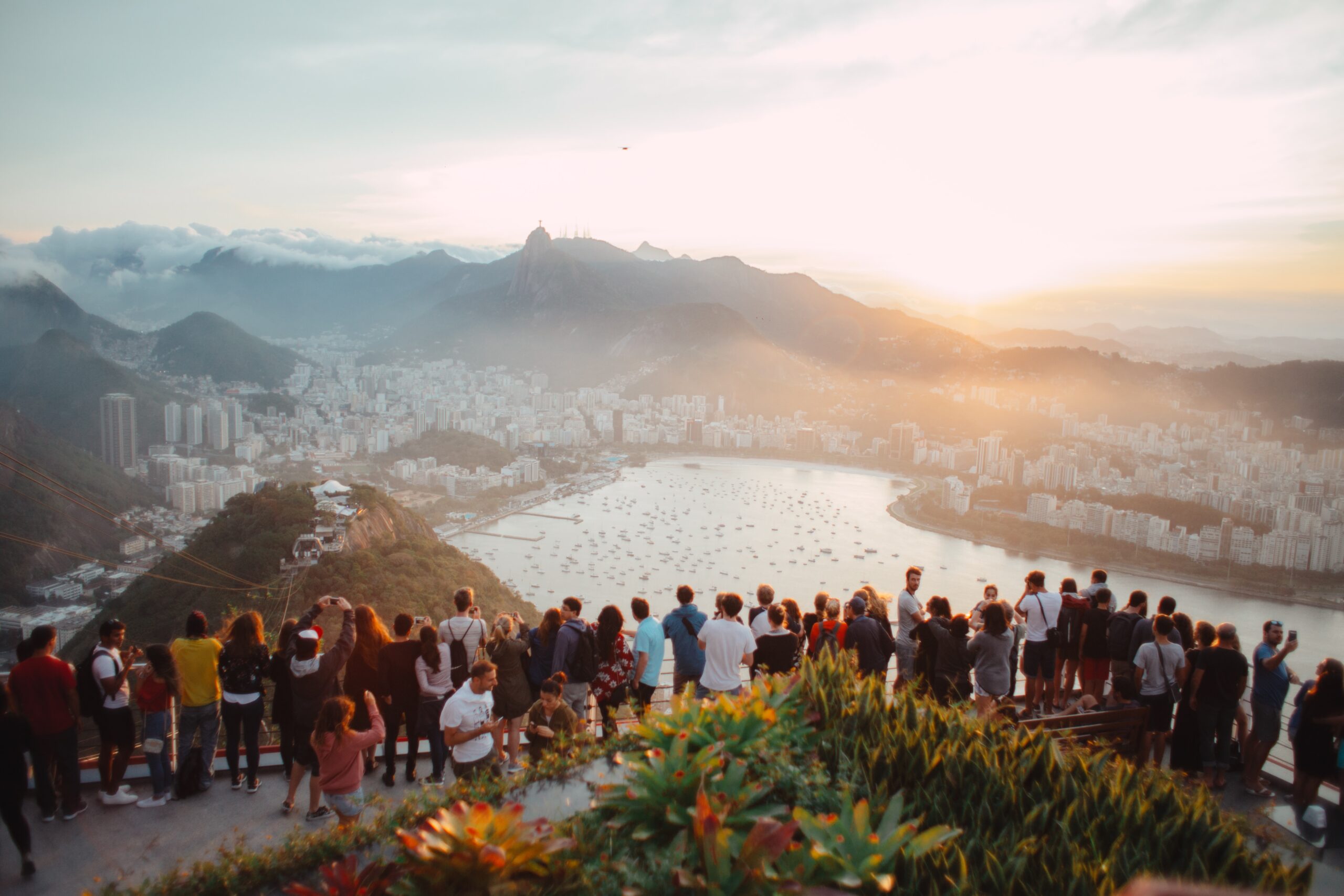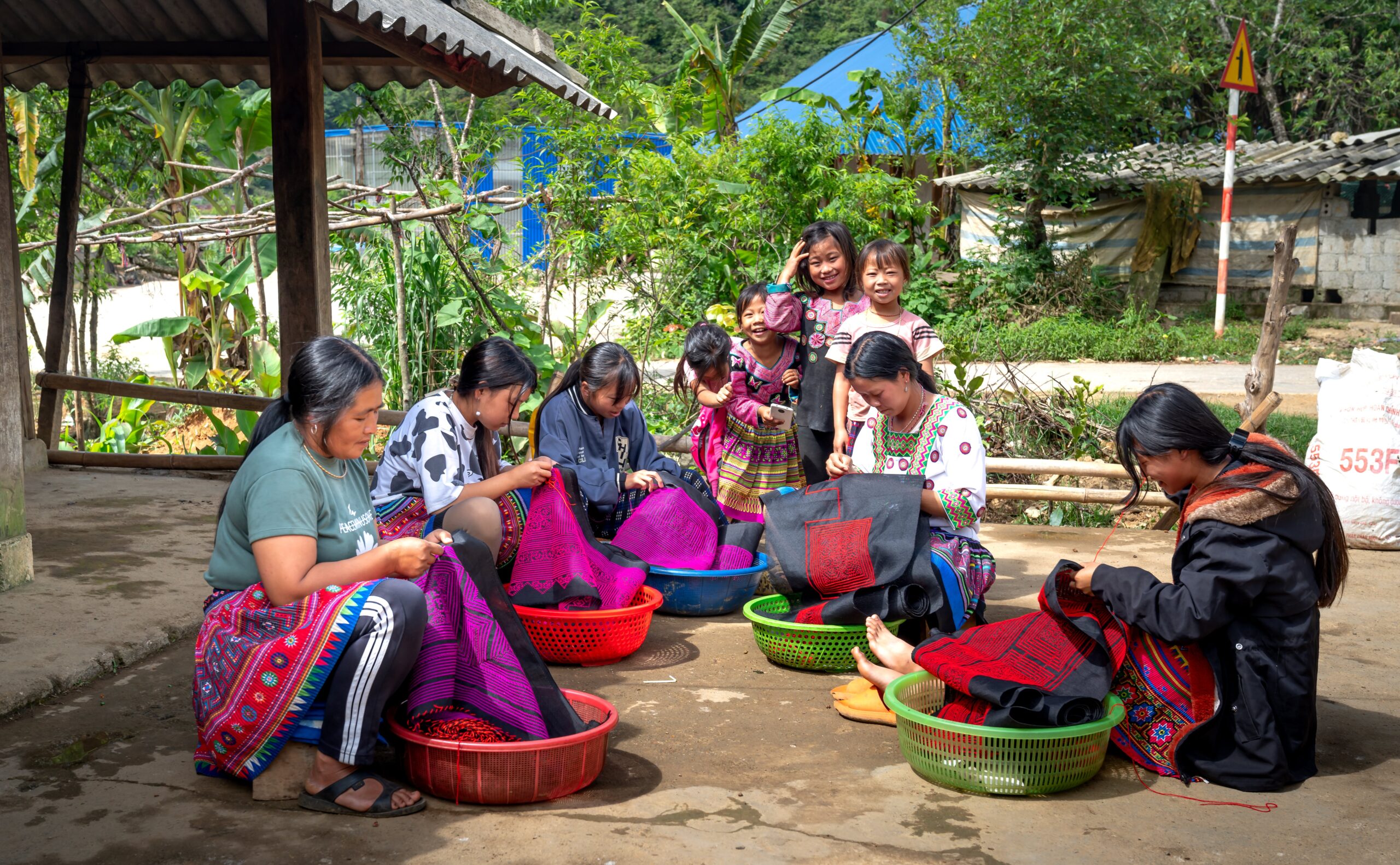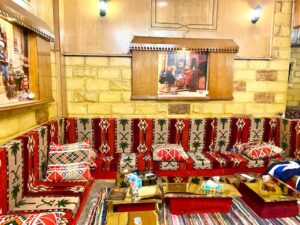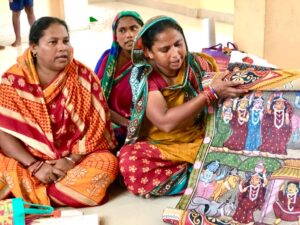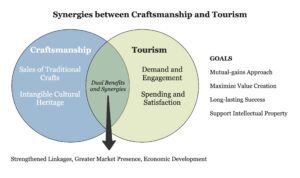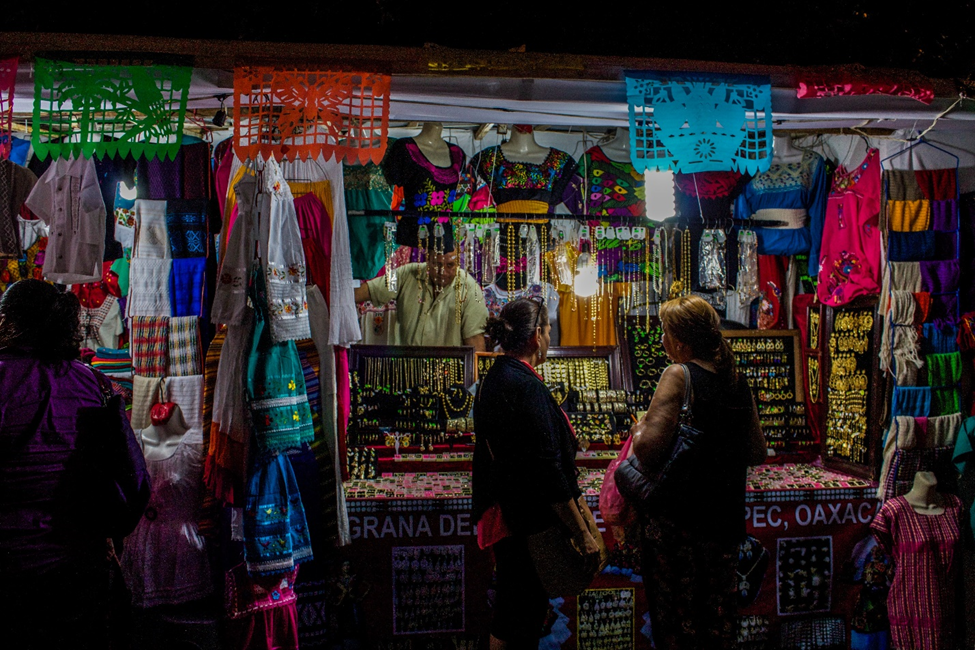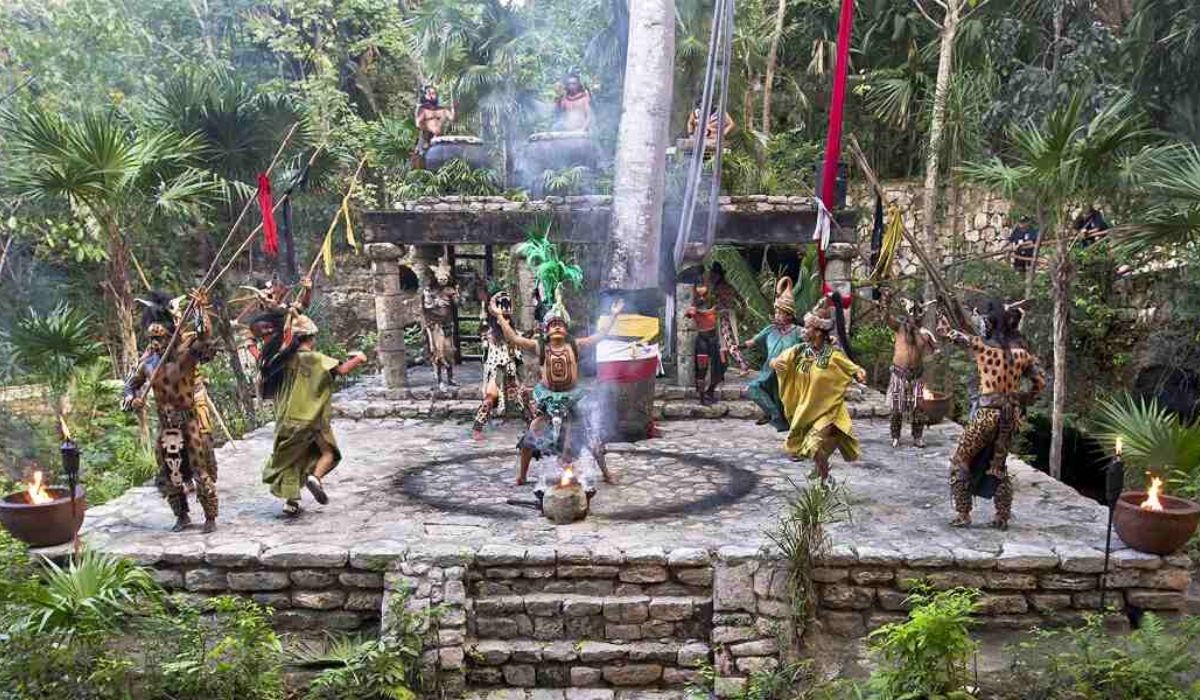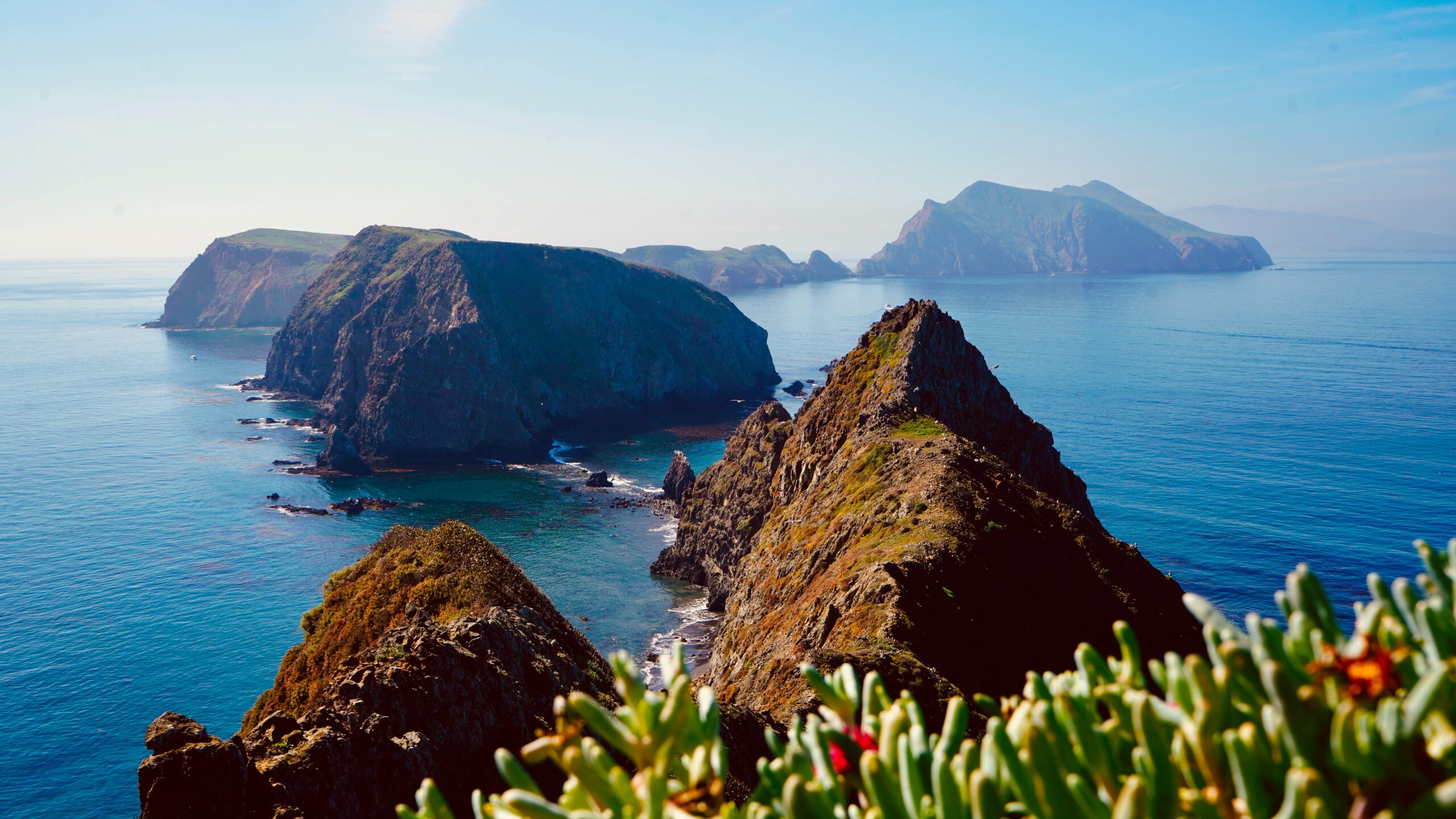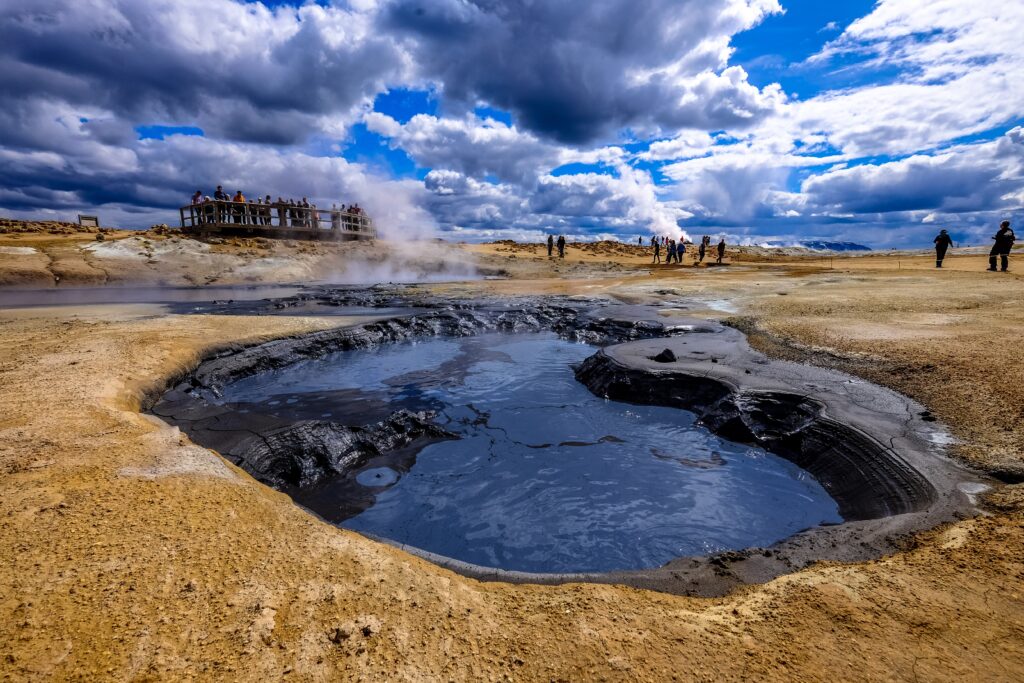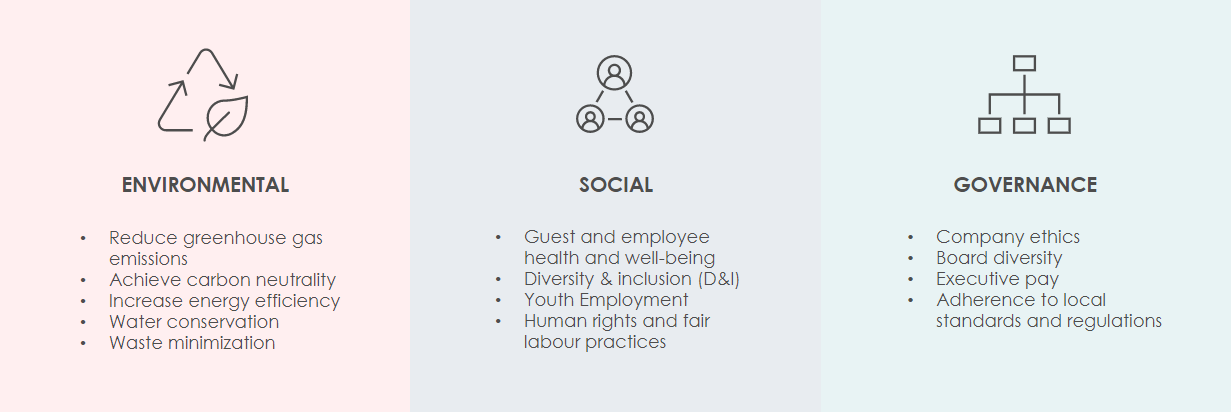Tourism is a global business: last year, global capital investment in travel and tourism totaled $856 billion. Governmental and non-governmental stakeholders invest not only domestically, but also abroad. This article highlights some reasons why private, governmental, and Intergovernmental Organization (IGO) stakeholders invest in foreign tourism projects.
Private and Governmental Investment in Foreign Tourism Projects
Investment in foreign tourism is a form of Foreign Direct Investment (FDI). In FDI, a corporate or governmental stakeholder makes substantial, lasting investments in a foreign country. In the case of tourism, many developing countries are rich in scenery and culture but lack the capital to develop their tourism. FDI can foster and maintain economic growth in those countries and expand the recipient countries’ job market.
Chain hotels are a classic example of private-sector FDI in tourism. In the second quarter of 2023, Marriott International, Inc. earned 61% of its revenue from managed hotels in the international market. The multinational corporation just announced its plan to open three luxury hotels in Vietnam on October 26, 2023. Such projects in developing countries can improve the overall attractiveness of the destinations, strengthen the local workforce, and help the countries gain access to the global market.
A representative governmental agency that invests in foreign tourism projects is the United States Agency for International Development (USAID). USAID has implemented multiple large-scale projects to coordinate FDI in countries like the Republic of Georgia and Bangladesh. In 2023, it disbursed $65 million and $320 million to the two countries respectively. In the case of Bangladesh, specifically, the US hopes to help the country become a middle-income country by 2030 and harvest a strong partner in the Indo-Pacific through FDI.
Tourism is an important part of USAID projects, contributing to their overall economic growth, biodiversity conservation, and climate resilience objectives. USAID not only invests in tourism but also conducts capacity-building to help Bangladesh develop tourism practices. USAID has evaluated the current tourism market of Bangladesh. It identified poor certification policy, the lack of promotion, and the lack of skilled workforce as areas of improvement.
On-the-ground Impact of Foreign Investment in less-Developed Countries
Less developed countries are often aware of the benefits of FDI. Bangladesh categorizes tourism as a “thrust sector”, that is, a high-priority sector for investment. In early 2023, the Bangladesh Tourism Board (BTB) formulated ten development project proposals (DPPs). In the next fifteen years, these DPPs will require around $1.18 billion investment, mostly private. The investment will be used to upgrade the tourism infrastructure of ten regions, including the Sundarbans, and construct more infrastructure including accomodations.
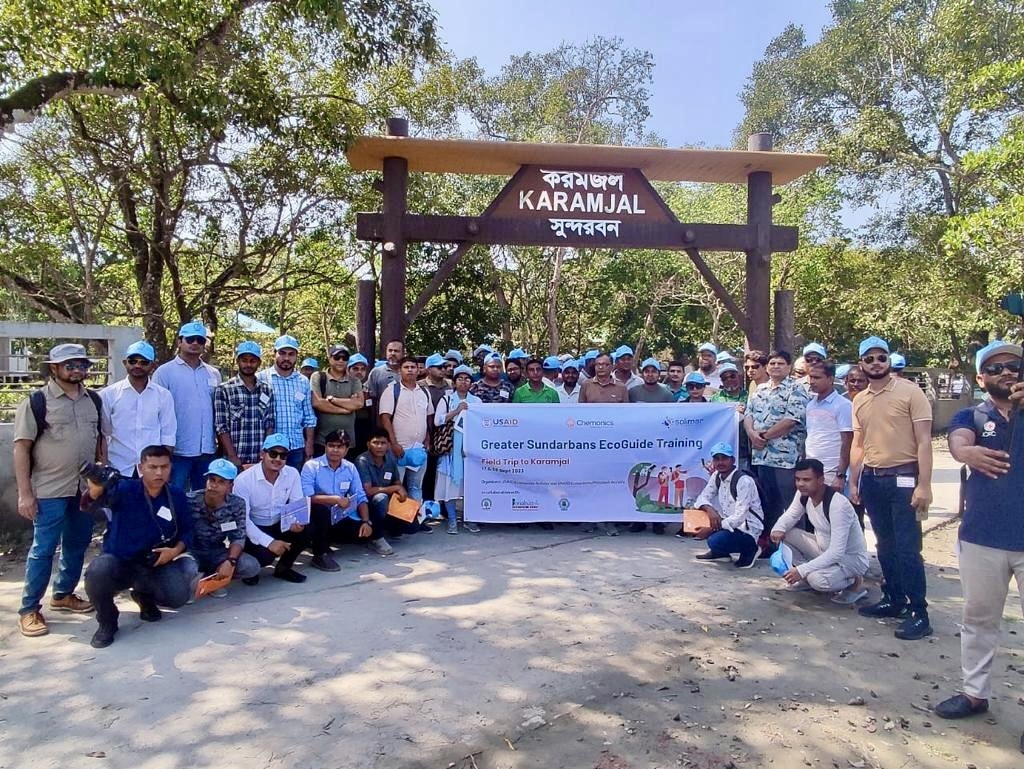
The Sundarbans EcoGuide Training, which took place between September 14-21 (photo source: BECA)
As the world is recovering from the pandemic, tourism FDI is returning to its pre-pandemic level. According to UNWTO and fDi Intelligence’s 2023 report, foreign investors announced 352 tourism projects in 2022. That is an increase of 23% from the previous year.
However, despite FDI’s positive impact in developing countries, high-profile foreign direct investment historically still cluster in developed countries. The UK, home of many globalized tourism corporations, devoted only about 6% of its outward tourism FDI to developing countries.
The environmental sustainability of private-sector tourism FDI is also questionable. While Vietnam welcomes Marriott’s investment, it has experienced the negative ecological impact of FDI. Between 1991 and 1995, 24% of FDI in Vietnam entered the tourism sector, especially the construction of hotels. The investment helped Vietnam increase its international arrivals by fiftyfold. However, resort development strained Vietnam’s natural resource: by 1994, the country’s forest coverage dropped from 43.7% in 1943 to 26.1%. Such examples highlight the necessity for investors to be environmentally conscious.
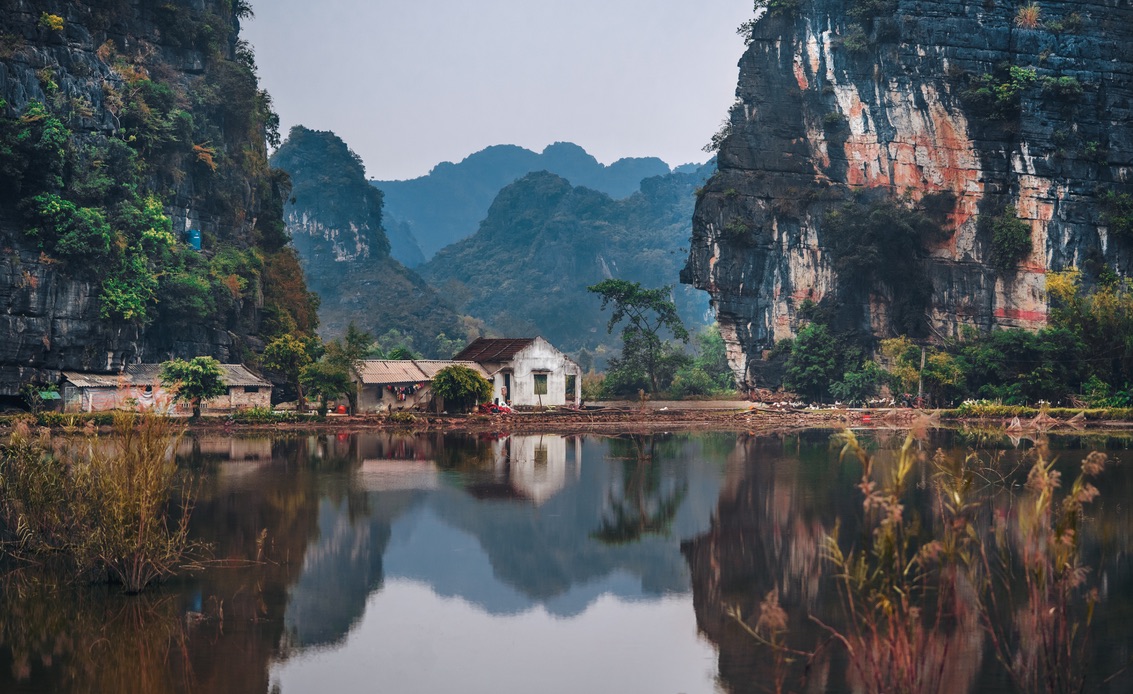
The pristine natural scene of Nhị Bình, Vietnam
IGO Funding Foreign Tourism Projects for Sustainability and International Development
Inter-governmental agencies like the UN and World Bank also invest extensively in foreign tourism projects. They emphasize World Heritage preservation and economic sustainability.
UNESCO: Foreign Investment Benefits Environmental and Cultural Conservation
According to UNESCO’s policy guideline, tourism has a two-way connection with World Heritage Sites. World Heritage Sites offer tourism destinations, and tourism presents the sites’ outstanding value to a broader public.
Tourism, however, must be sustainable. Climate issues like erosion, rising sea levels, and deforestation threaten World Heritage Sites on all continents. Because tourism will contribute over 10% of the world’s carbon emissions by 2035, it could exacerbate the challenges facing our World Heritage.
To protect World Heritage Sites from the negative impact of tourism, UNESCO operates the UNESCO World Heritage and Sustainable Tourism Program. The program administers two million euros funded by the German government to support sustainable tourism development. Such support is especially important as tourism recovers from the pandemic.
In Angkor, Cambodia, the program launched a “Cash for Work” Scheme. In this program, unemployed tourism workers earn a wage while building a new footpaths in Angkor Wat that regulate the flow of tourists and protect the green areas around the temple. UNESCO also enhances the economic sustainability of Cambodia’s tourism. Workshops are held for vulnerable groups in local communities – particularly women artisans.
In Bosnia and Herzegovina, UNESCO funds the municipality of Mostar to implement a tourism tax. The tax is be collected from vehicles with more than six passengers. The municipality’s funds will likely gain an additional €2.5 million through the tax.
World Bank: Foreign Investment Benefits Global Economic Development
The World Bank regards tourism as a key economic driver of growth and one of the primary employers. It partners with governments and the private sector to develop tourism in less developed countries.
Between 2018 and 2023, the World Bank invested $40 million in Ghana to boost the country’s tourism industry. The project took place when Ghana’s economy suffered. In 2016, Ghana’s economic growth slowed down significantly. The fall in gold price, decline in oil price, and shortage of energy rationing caused the country’s GDP growth to fall from 7.3% in 2013 to about 4% between 2014 and 2016. Amid the recession, however, the election in 2016 led to a peaceful transition to a government keen to diversify its economy.
Due to Ghana’s relative political stability and rich natural resources, the World Bank identifies tourism development as a feasible means for Ghana to gain more international exchange revenue. The World Bank aims to attract $10 million in private investment in tourism-related activities in project areas. The development activities will achieve a 5% annual growth rate in international tourist arrivals in Ghana.

Angkor Wat, Cambodia’s UNESCO World Heritage Site
Community-based Foreign Tourism Investment
Admittedly, some grand-scale tourism investment projects do not directly benefit the locals. According to a 2019 survey by Booking.com, 68% of global travelers would like the money they spend on travel to go to the local community.
Several micro modes of foreign tourism investment focus on empowering the local community. Community investment and microfinance are two examples.
Community Investment
Community investment means that investors provide economically disadvantaged communities in the recipient country with financial resources. In tourism, community investments typically focus on micro- and small enterprises and infrastructure-related projects. These projects can serve both local residents and visitors.
The collaboration of UNEP’s Small Grants Program and ACTUAR (Costa Rican Association of Rural and Community Tourism) is an excellent community investment initiative. ACTUAR strengthens community-based rural tourism throughout Costa Rica. UNEP supported ACTUAR’s work in Los Campesinos Reserve by funding the upgrading of the local lodge. ACTUAR Received a small grant of $2500 to construct a small tourist receiving area and restrooms. The new infrastructure enhanced the experience of both the visitors and the locals.
Microfinance
Microfinance is a form of banking service provided to low-income individuals or groups who don’t have access to financial services. it provides credit to entrepreneurs with little or no collateral in amounts considered far too small (typically between $100 and $1,000) to interest commercial lenders.
OneSeed Expedition, for example, is an international tour operator that uses microfinance to uplift the local communities at its destinations. The agency prioritizes underrepresented groups and independent business owners when selecting local suppliers. To support community entrepreneurship, OneSeed partners with local microfinance institutions (MFI), donating 10 percent of all revenue to local microfinance since its first trip in 2011. The local microfinance institutions then approve funding allocation to entrepreneurs, who repay the loan when their businesses grow. As of 2021, OneSeed has invested $376, 884 in 841 loans.
Women have been the main target audience of microfinance programs—out of the 20 million people benefiting from microfinance globally, 74% are women. Since women make up 54% of the tourism workforce but hold only 23% of leadership roles, Microfinance in tourism contributes to female empowerment. 90% of the recipients of OneSeed’s loans are female. En Via, another tourism organization based in Mexico, uses 100% of the tour fee to provide interest-free loans and educational programs for entrepreneurial women in one of the six communities where they work.
The Journey Forward: Sustainable Investment and Community Empowerment

The stunning natural scenery of the Sundarbans should be protected by sustainable tourism development
Tourism investment is a thriving business. As the world recovers from the pandemic, global investment in tourism is gradually recovering from its lows. World Travel & Tourism Council forecasts robust 11.5% growth in investment in 2023, amounting to $955 billion, with a return to pre-pandemic levels anticipated by 2025.
While stakeholders’ investments in foreign tourism projects strengthen the recipient country’s economy, investments must be beneficial to the environment and local communities. The following approaches would contribute to this goal:
Conduct Comprehensive Environmental Impact Assessments (EIAs): Before funding international tourism projects, stakeholders should thoroughly assess the potential environmental consequences of the project. The assessment should identify potential risks and propose mitigation measures to protect fragile ecosystems, wildlife, and natural resources.
Implement Sustainable Tourism Practices: Sustainable tourism should be at the core of tourism projects. Stakeholders should invest in tourism activities that reduce energy and water consumption, minimize waste, and support eco-friendly accommodations.
Foster Community Engagement and Benefits: local communities should participate in the decision-making process of tourism investment projects. International stakeholders should collaborate with local stakeholders, such as indigenous groups and local businesses, to create opportunities for local employment and infrastructure enhancement. Stakeholders should encourage community-based tourism initiatives that allow locals to showcase their culture and traditions.
To learn more about how Solimar is meaningfully involved in foreign investment projects and making a positive impact, please visit Solimar’s website.
